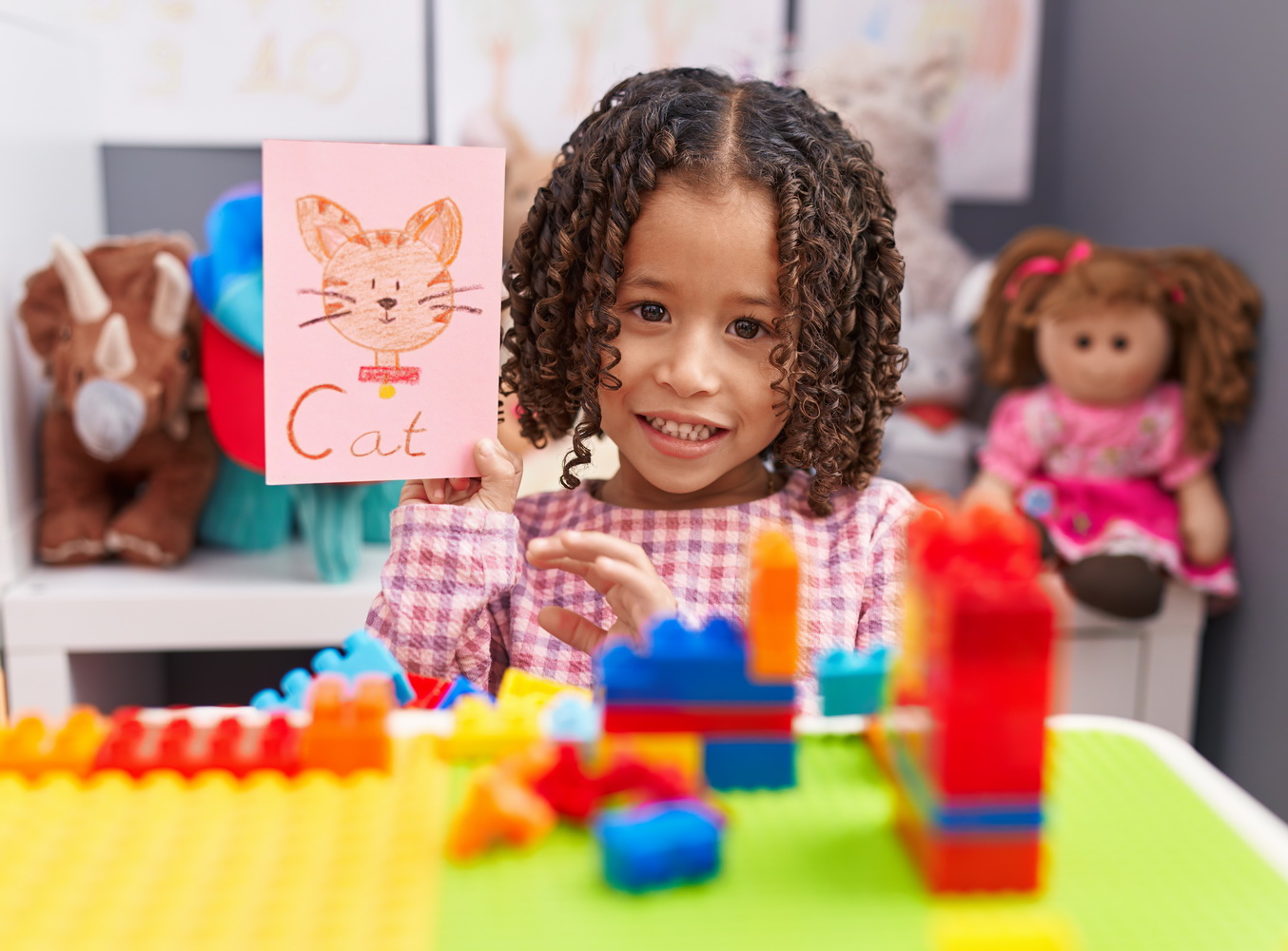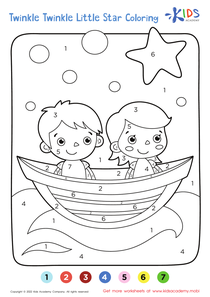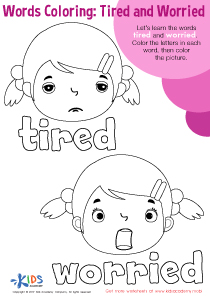Number Recognition Building Vocabulary Worksheets for Ages 6-8
28 filtered results
-
From - To
Explore our engaging Number Recognition Building Vocabulary Worksheets, specially designed for children ages 6-8! These fun and interactive worksheets help young learners develop essential number recognition skills while enhancing their vocabulary. Each activity combines numbers with related words, creating an enjoyable learning experience that reinforces foundational math concepts. Perfect for both classroom and home use, these worksheets encourage critical thinking and problem-solving in an approachable format. Our resources not only promote cognitive development but also foster a love for learning. Start your child's educational journey today and watch them thrive with our innovative number recognition activities!
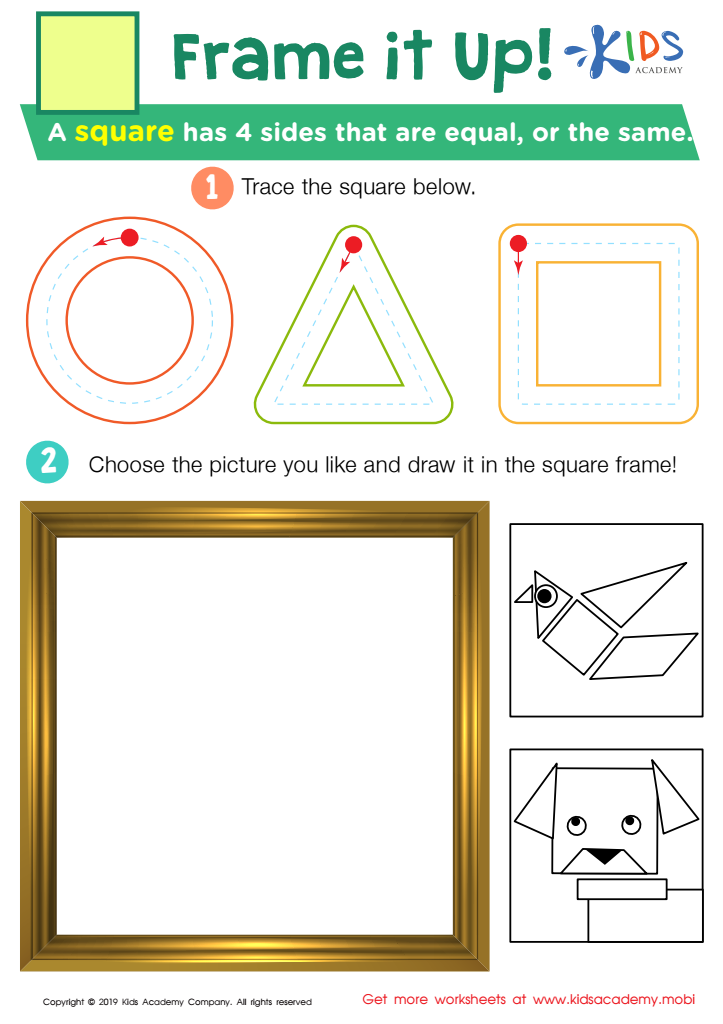

Frame it Up Worksheet
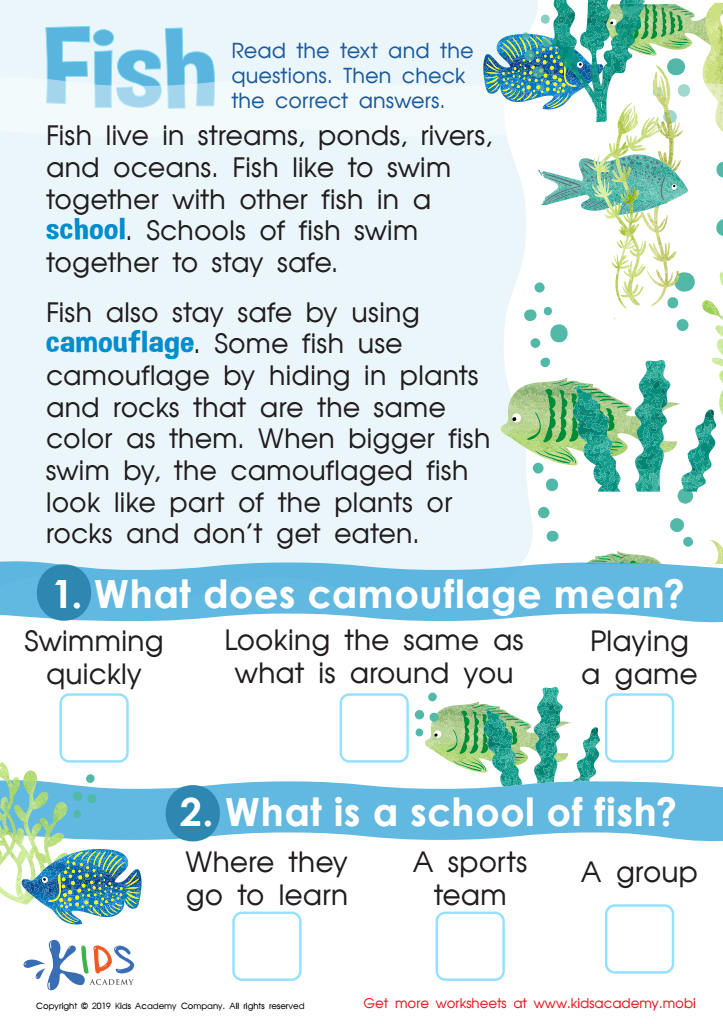

Fish Worksheet


The Dog and His Bone Worksheet
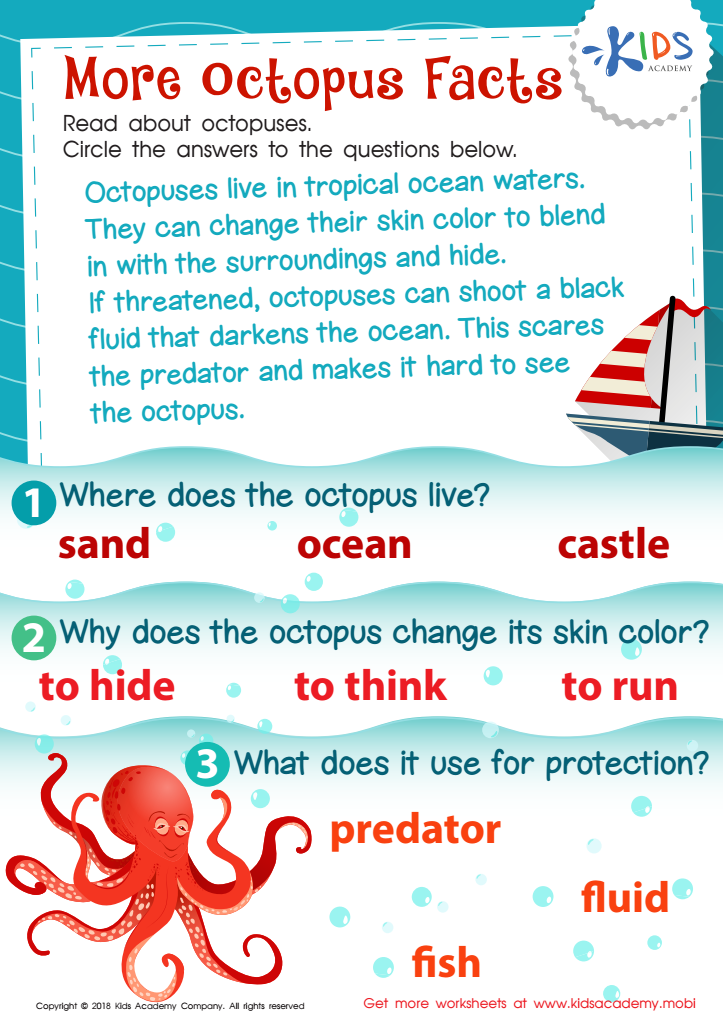

More Octopus Facts Worksheet
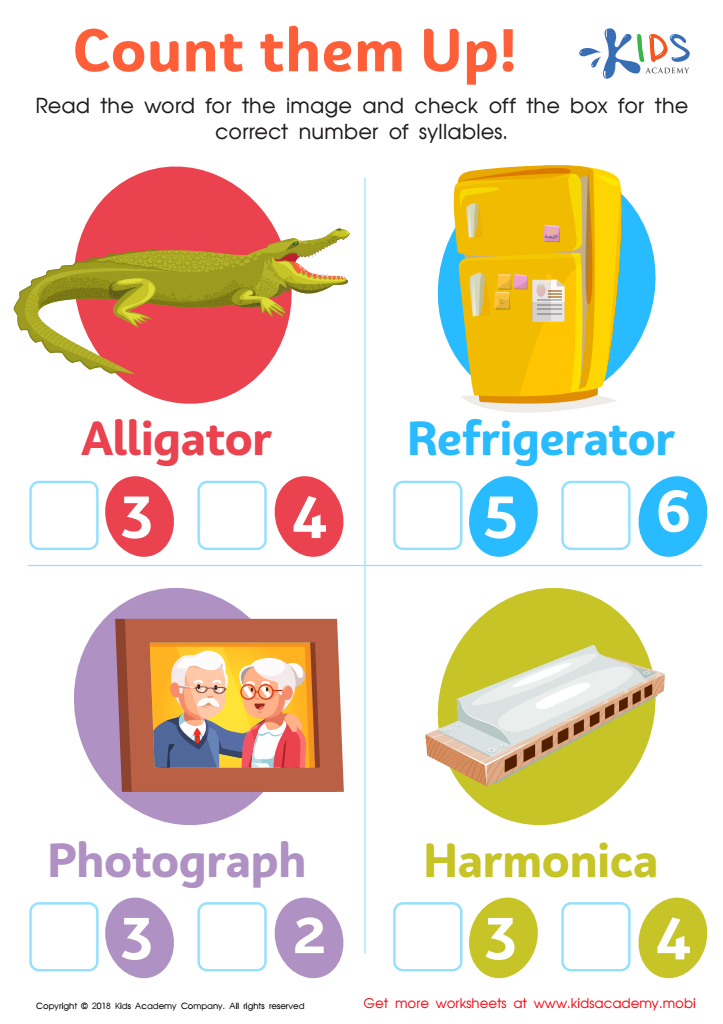

Count Them Up Worksheet
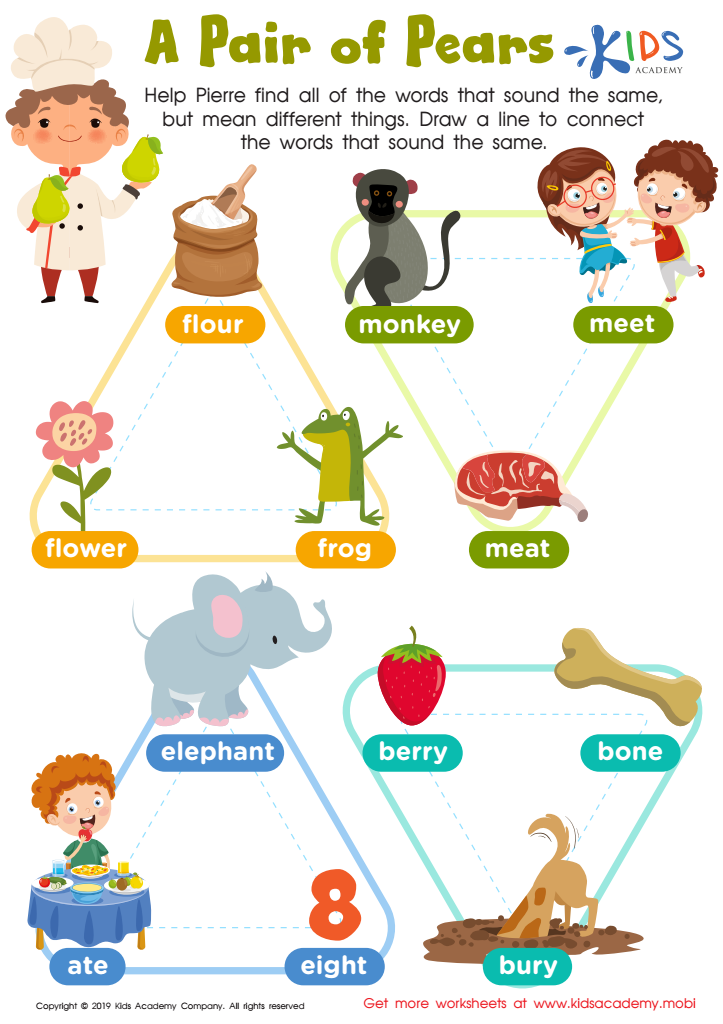

Pair Pears Worksheet
Number recognition and vocabulary building are crucial developmental milestones for children aged 6-8. At this age, students are transitioning from early literacy and numeracy into more complex mathematical concepts and enhanced language skills. When parents and teachers prioritize number recognition, they lay a strong foundation for future mathematical understanding. Kids who can easily recognize numbers can perform basic calculations and engage with word problems, setting the stage for successful math experiences in later grades.
Similarly, building vocabulary is essential for reading comprehension and effective communication. A robust vocabulary helps children express their thoughts clearly and understand context, ultimately fostering a love for learning. A child with a strong vocabulary can better grasp subject-specific terms in math, science, and social studies, making their educational experience richer and more engaging.
Combining these skills creates a holistic learning approach that aids cognitive development. It also promotes critical thinking, as children learn to relate words and numbers in their environment. When parents and teachers show an interest in these areas, they not only promote academic success but also instill confidence and motivation in children, which are key components for lifelong learning. Therefore, national development hinges on nurturing well-rounded individuals from a young age.

 Assign to My Students
Assign to My Students
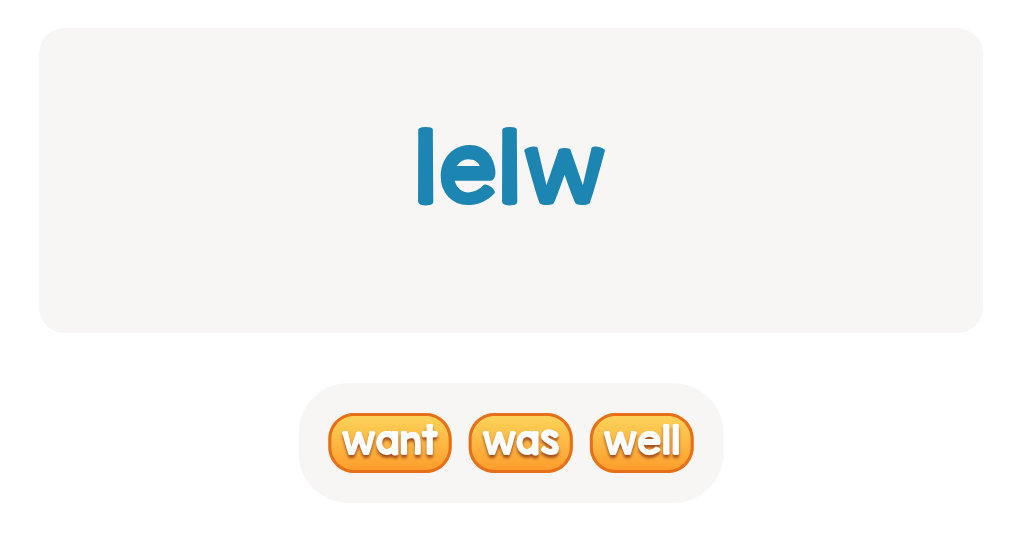
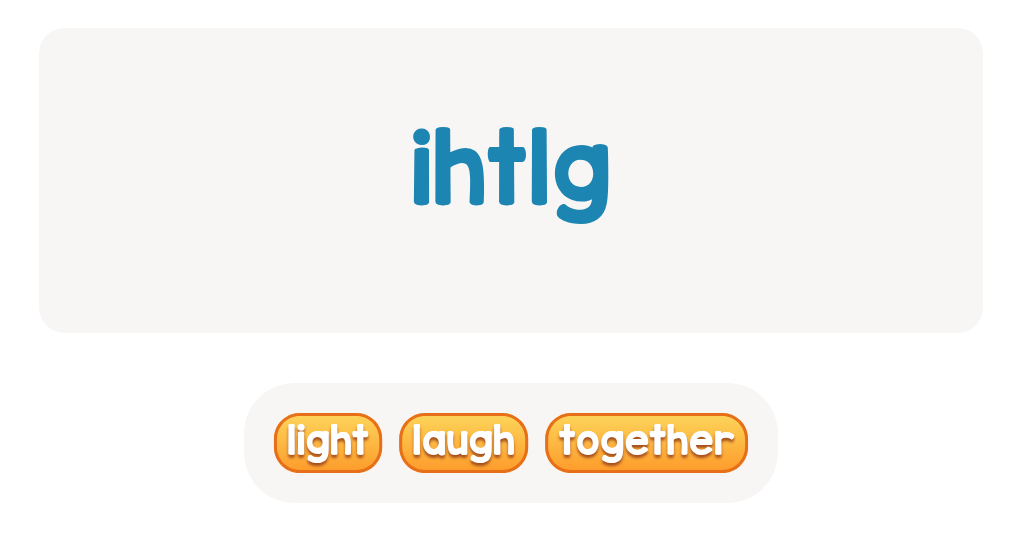
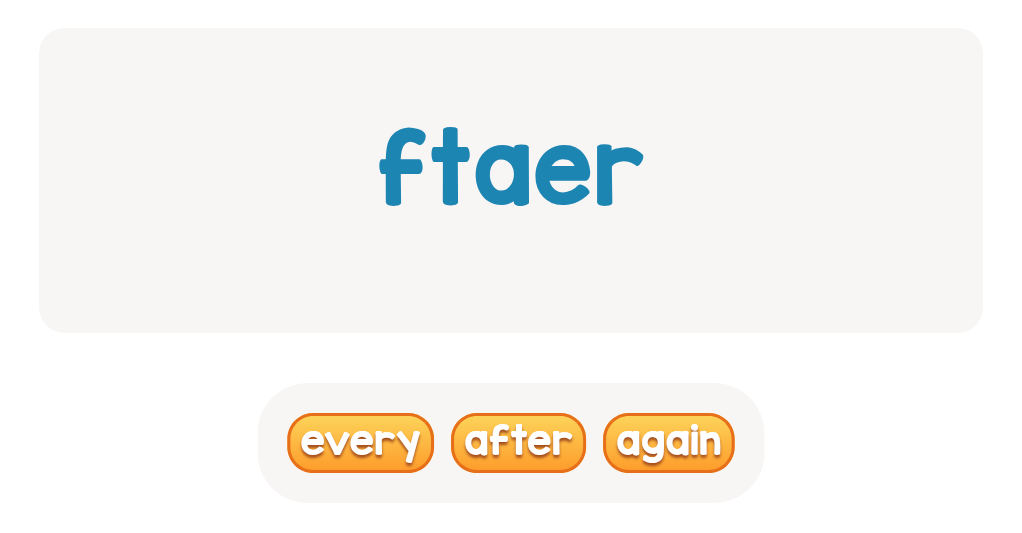
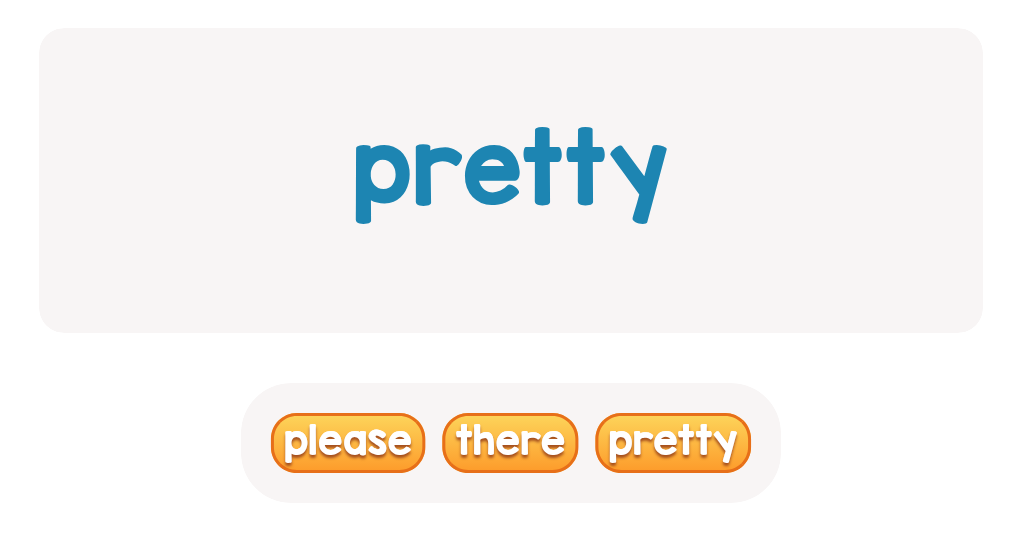
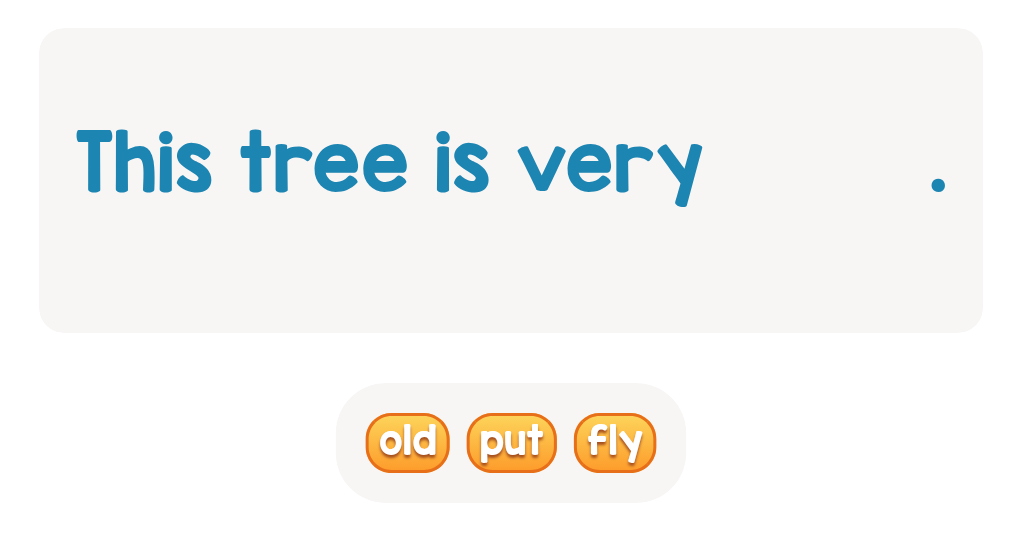
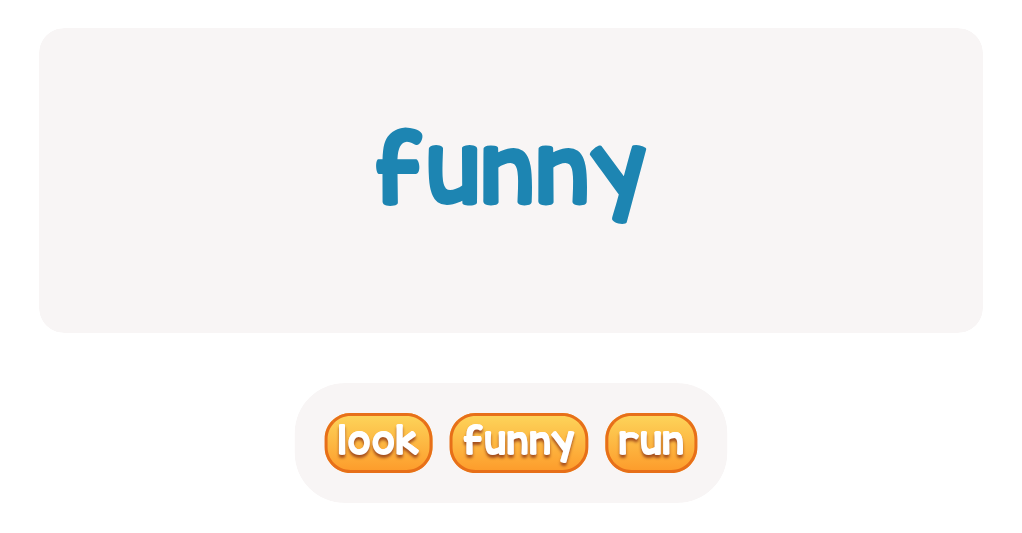
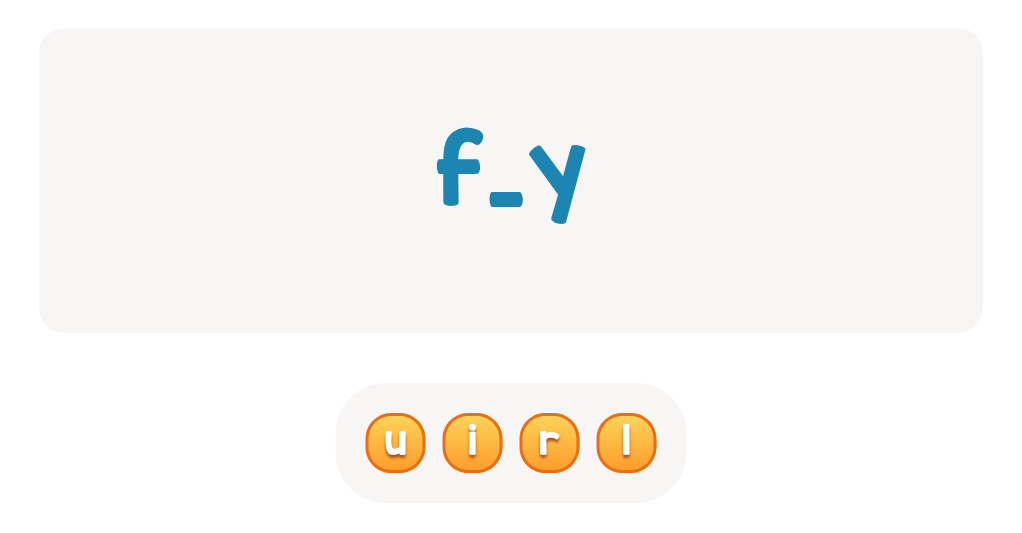
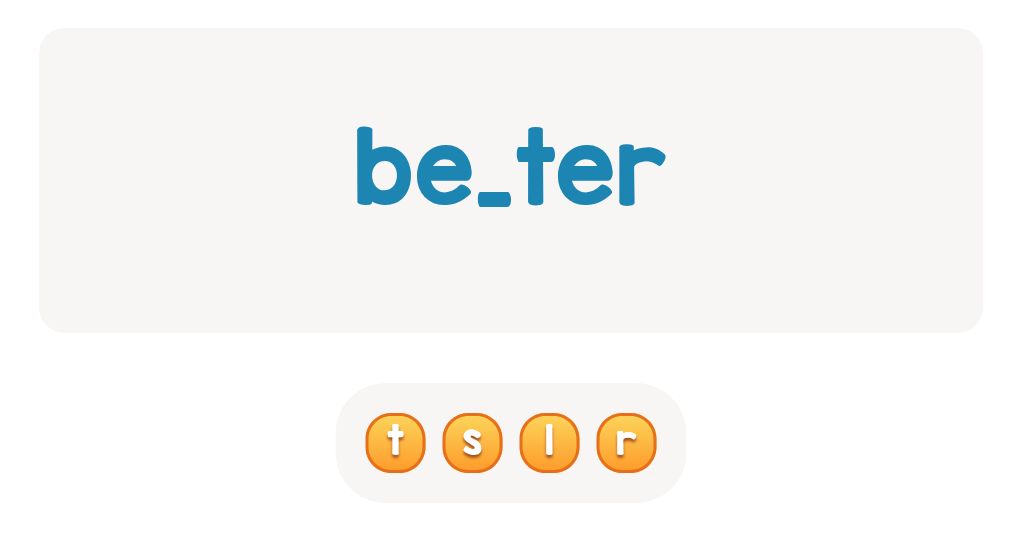
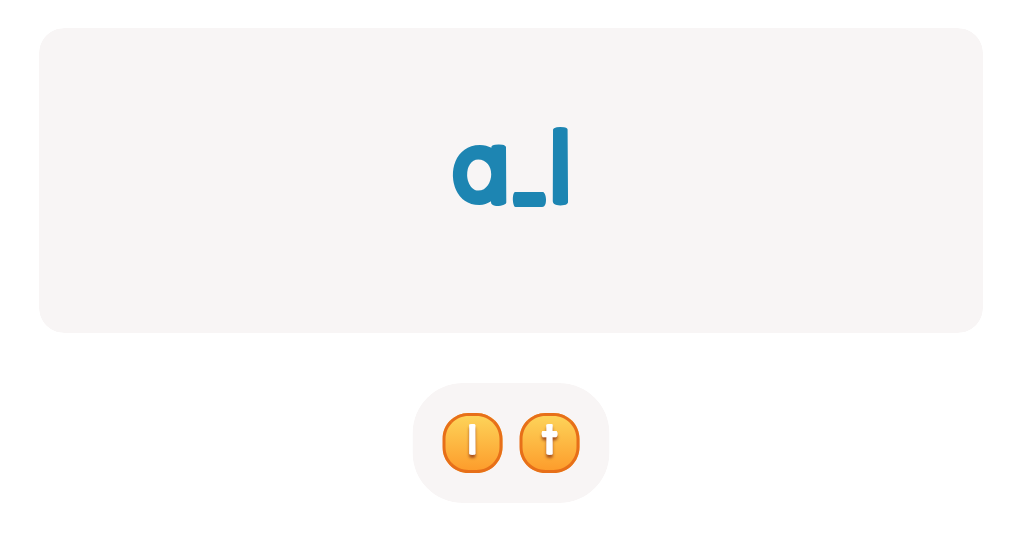
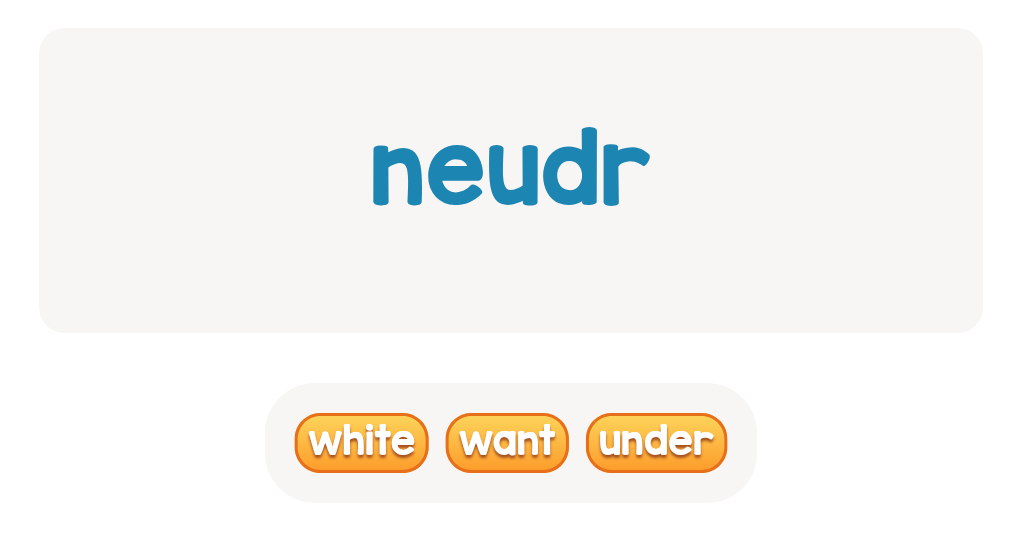
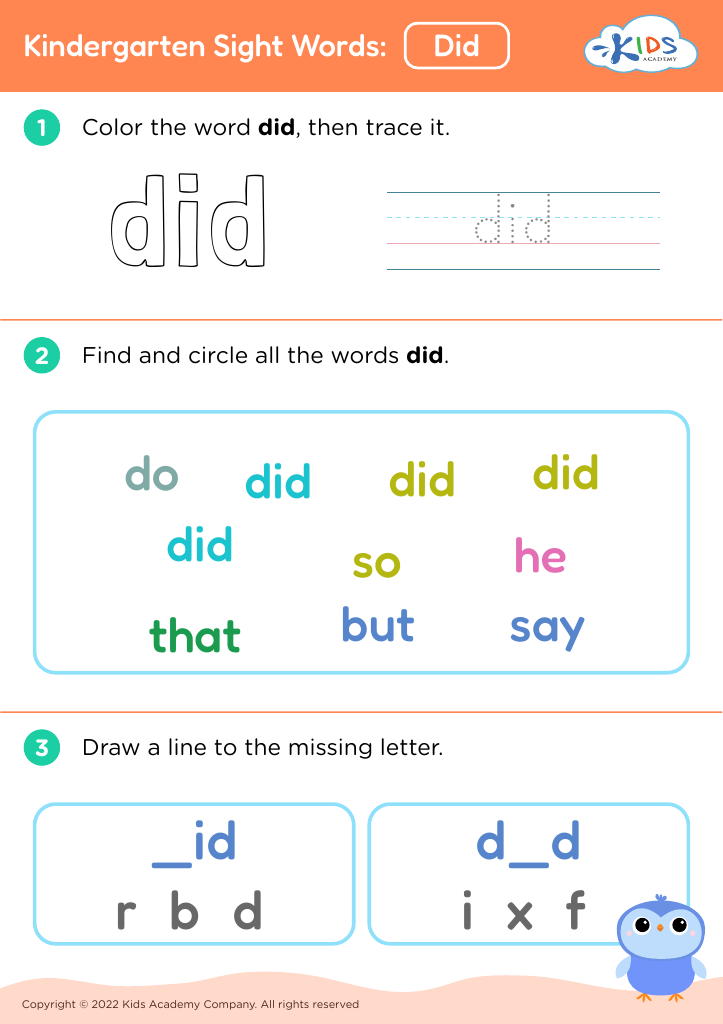
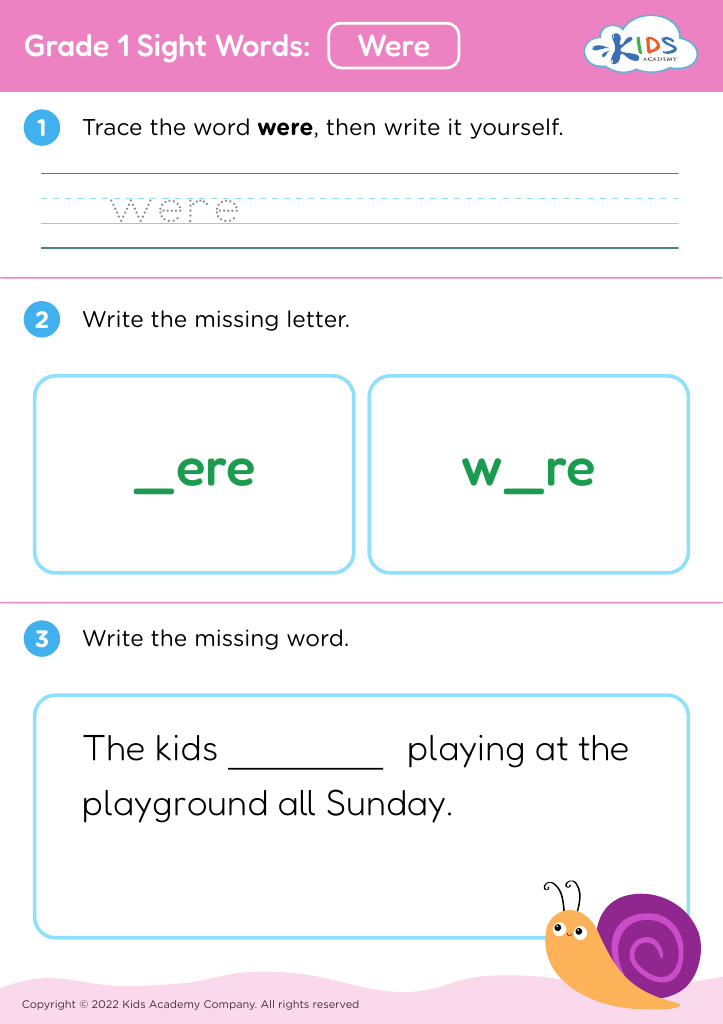
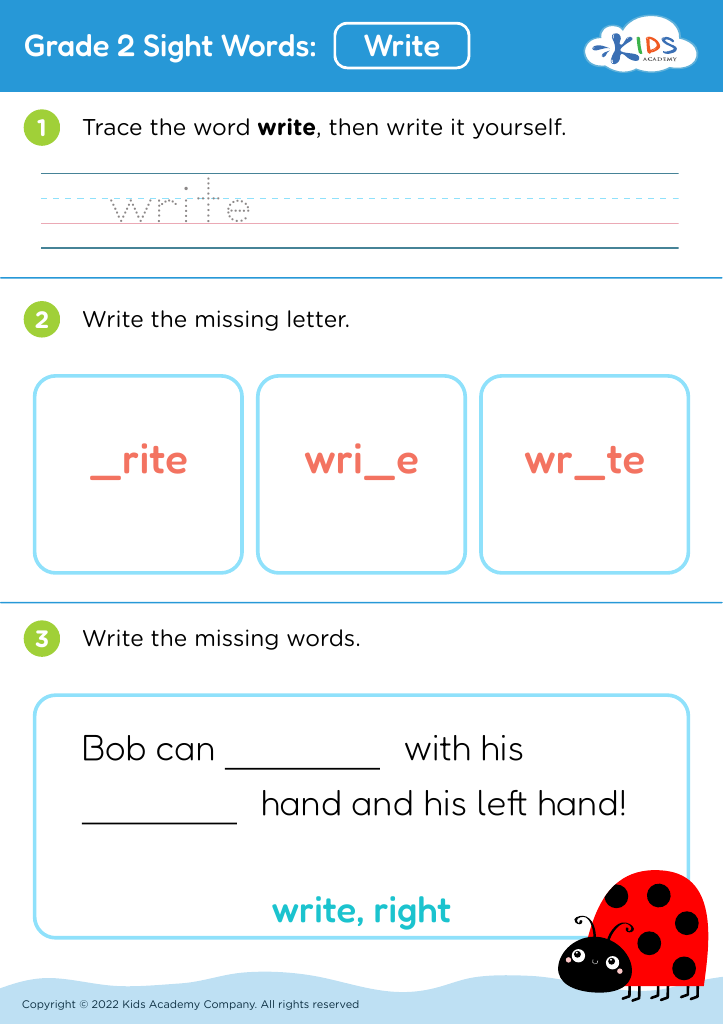
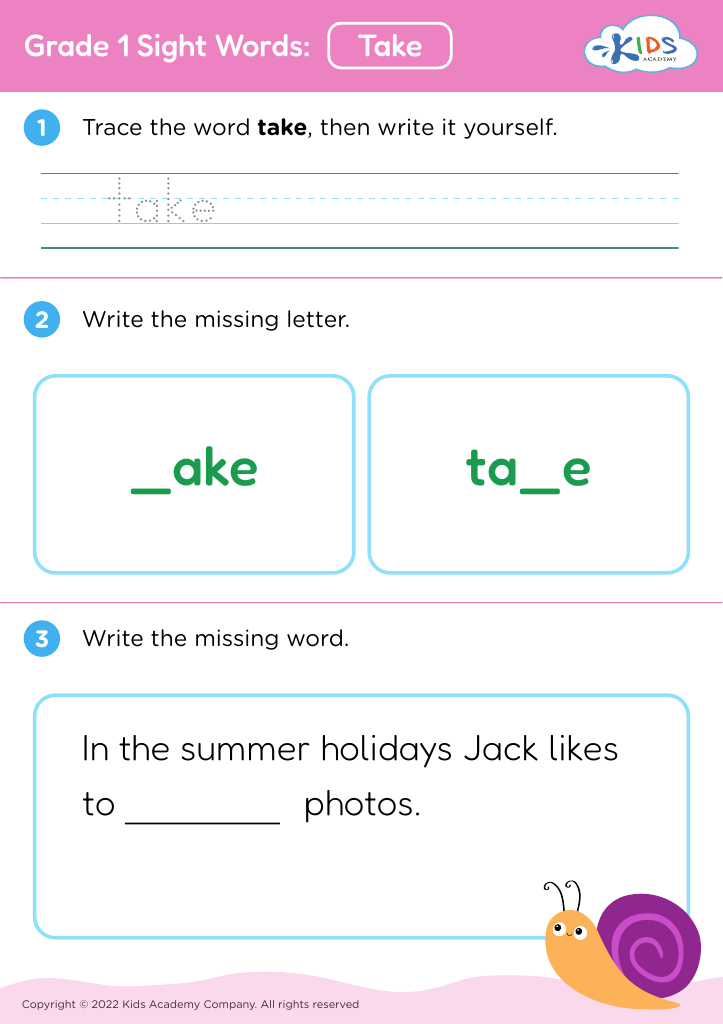
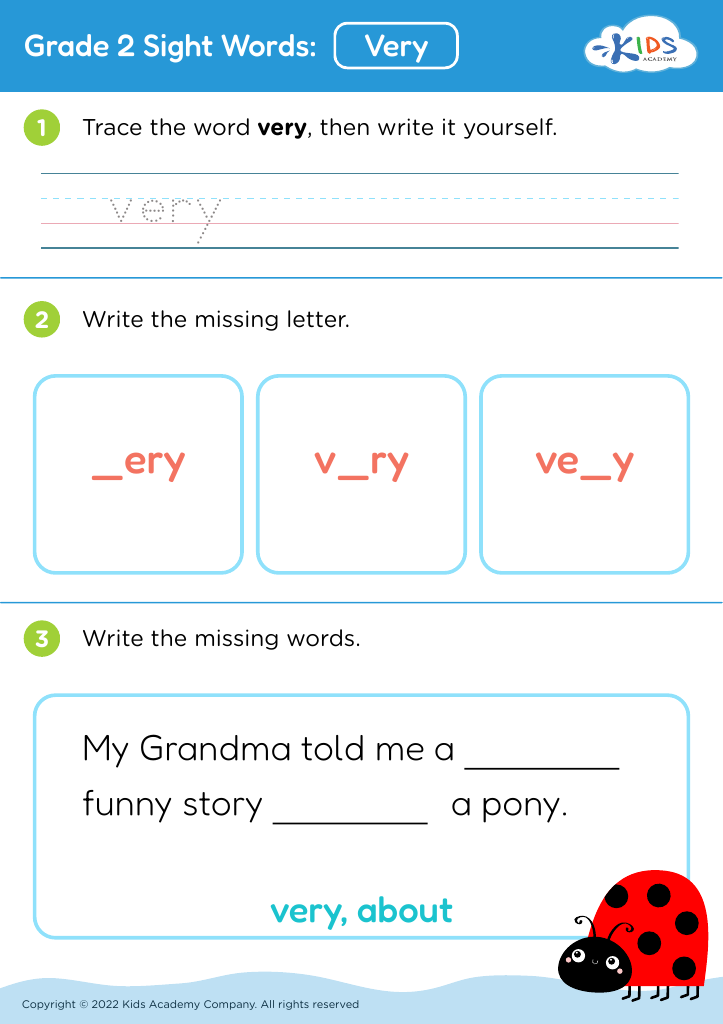
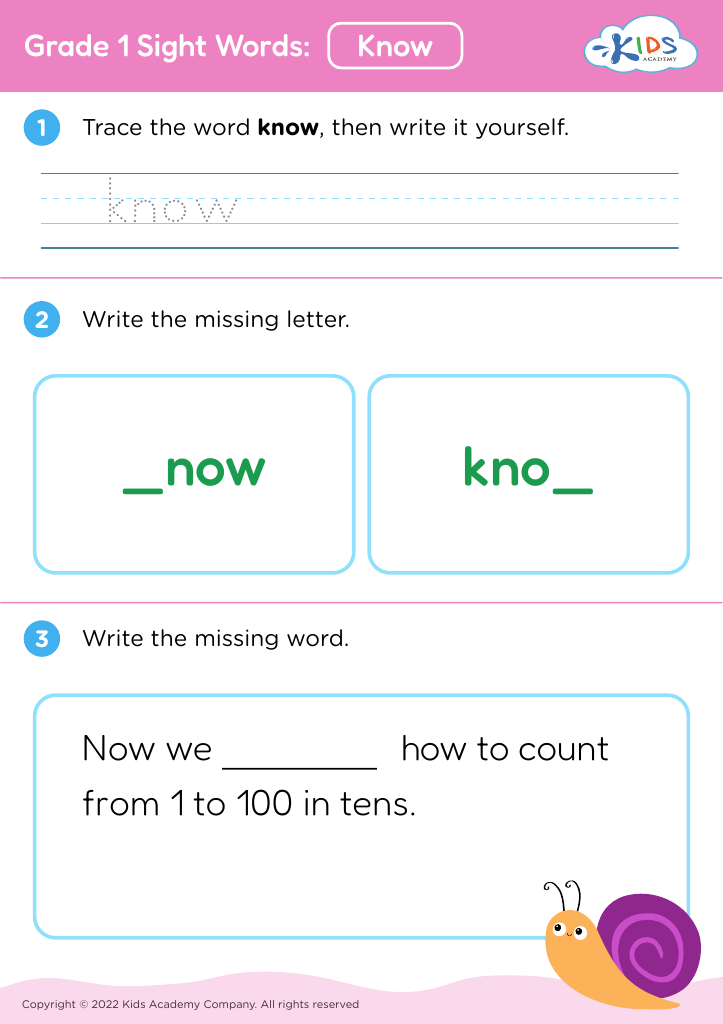
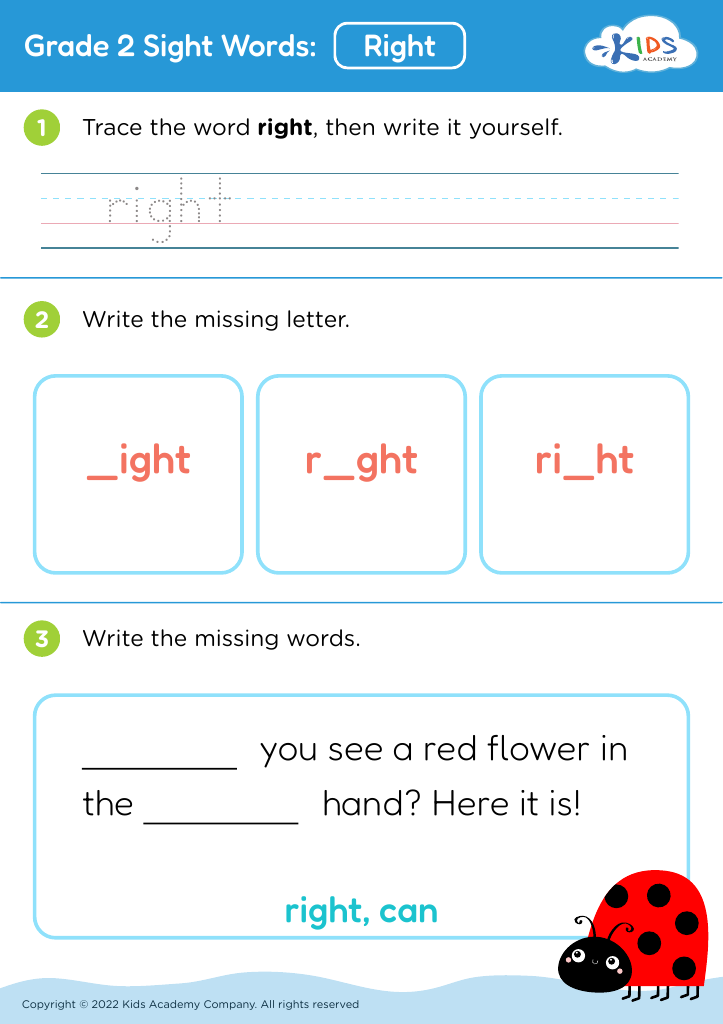
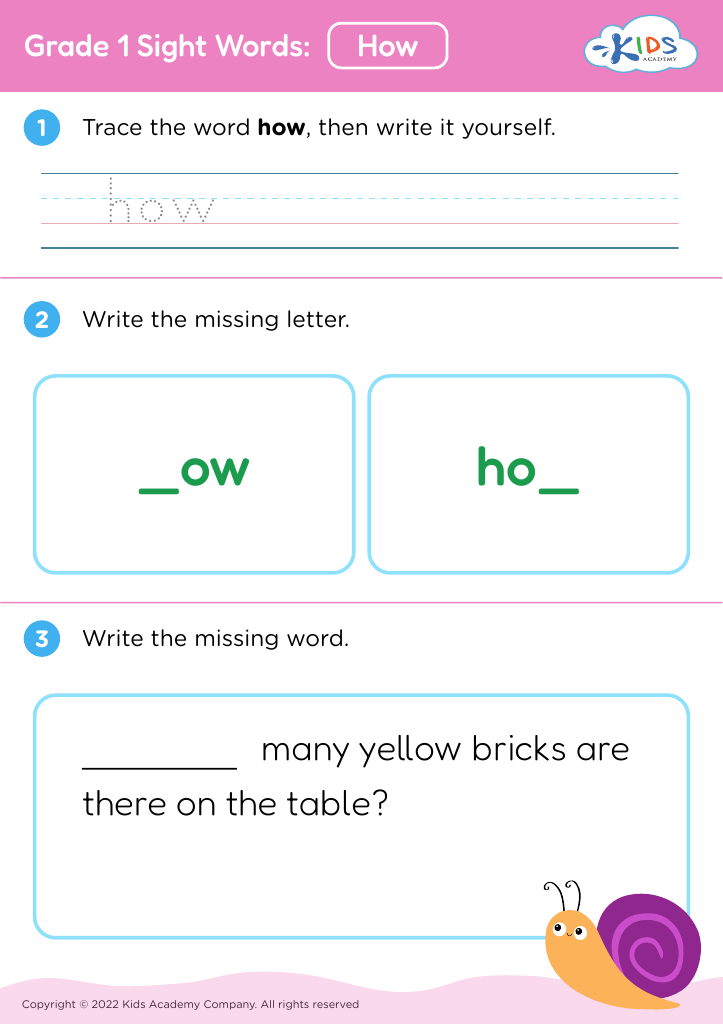
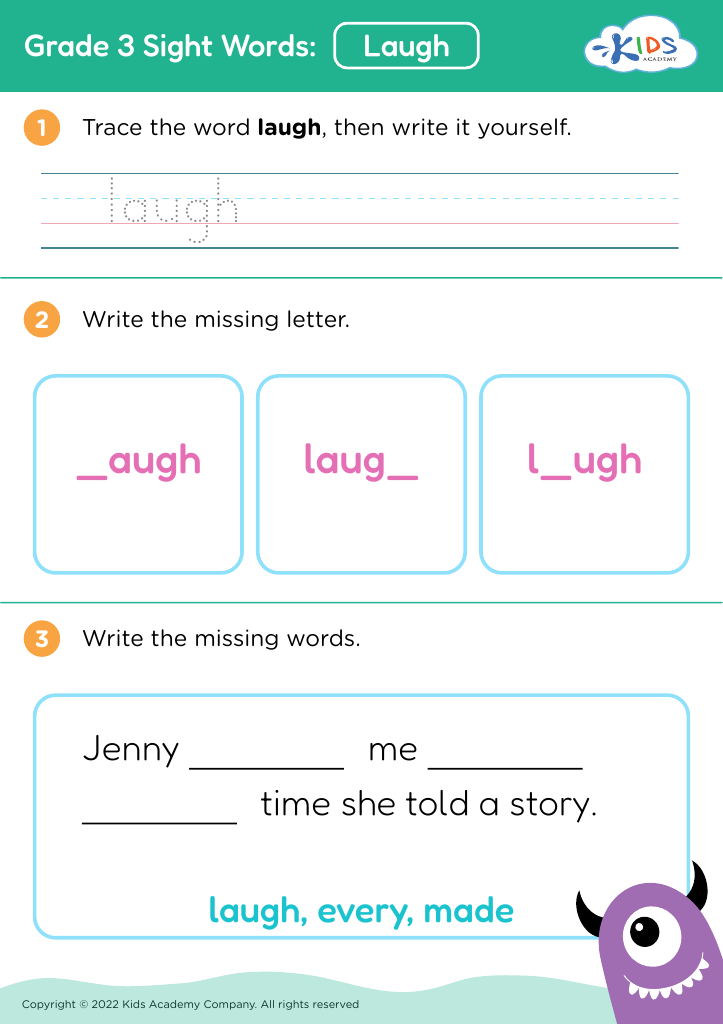
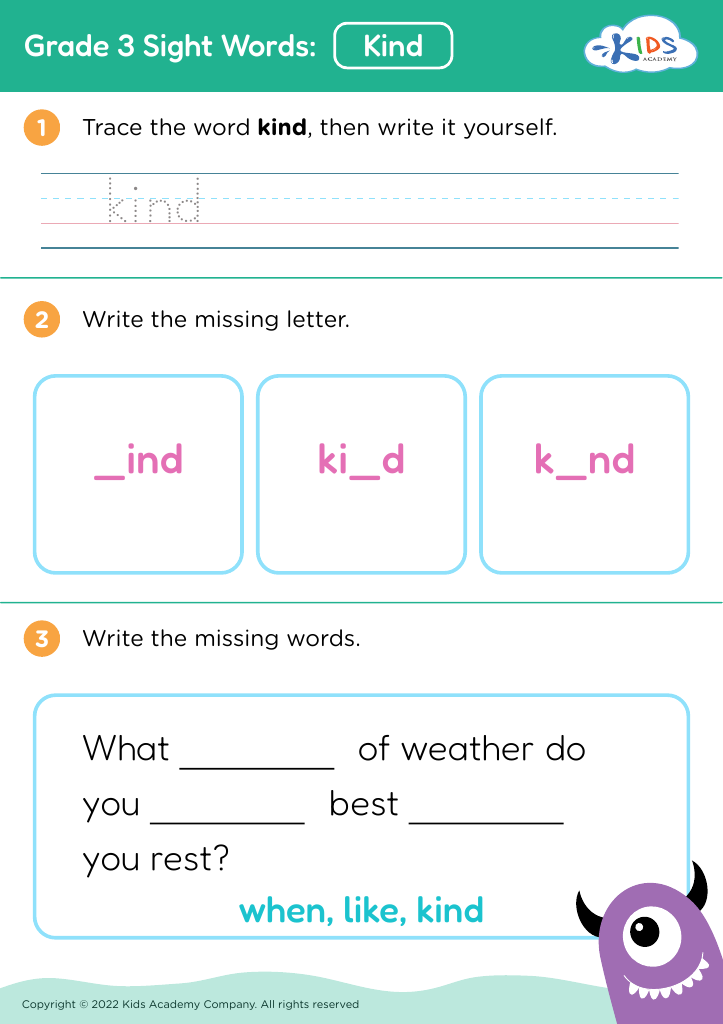
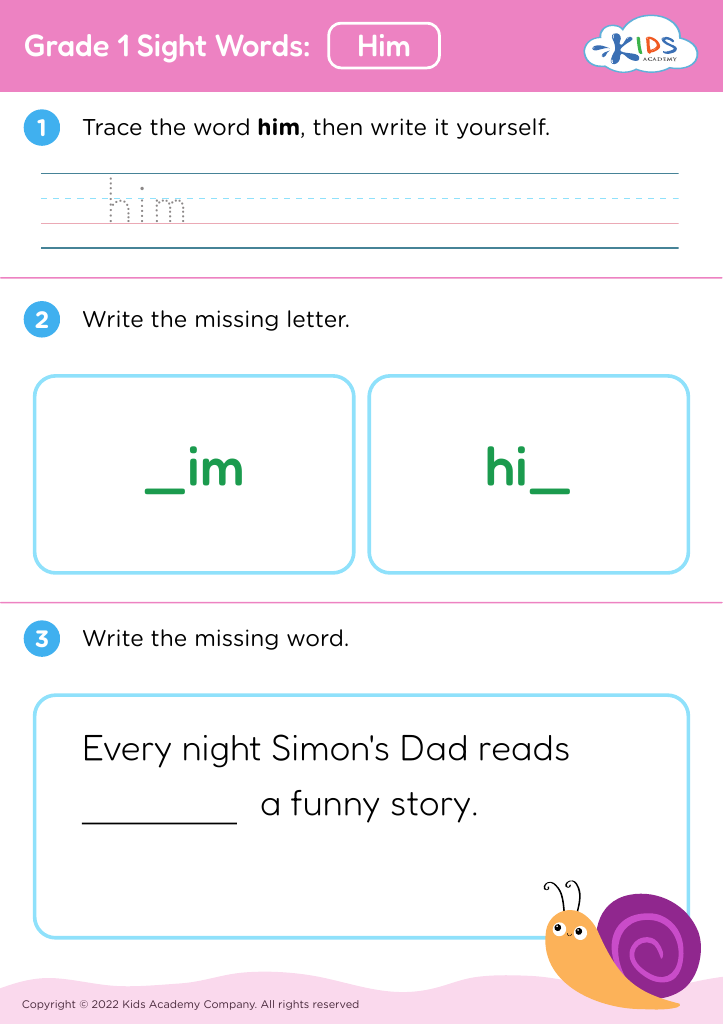
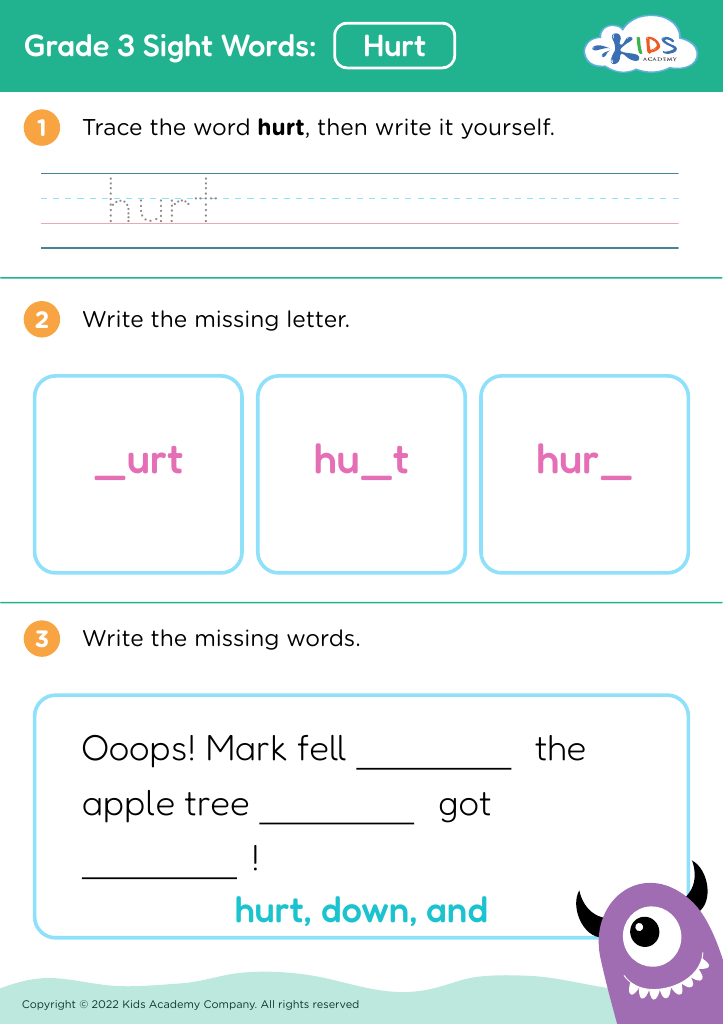
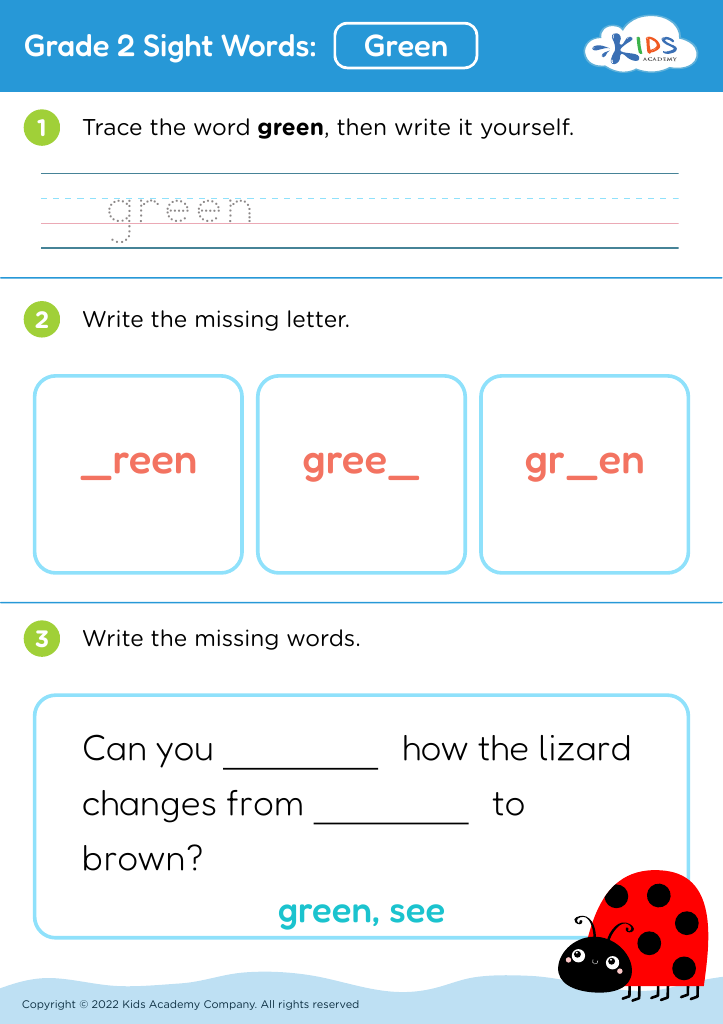
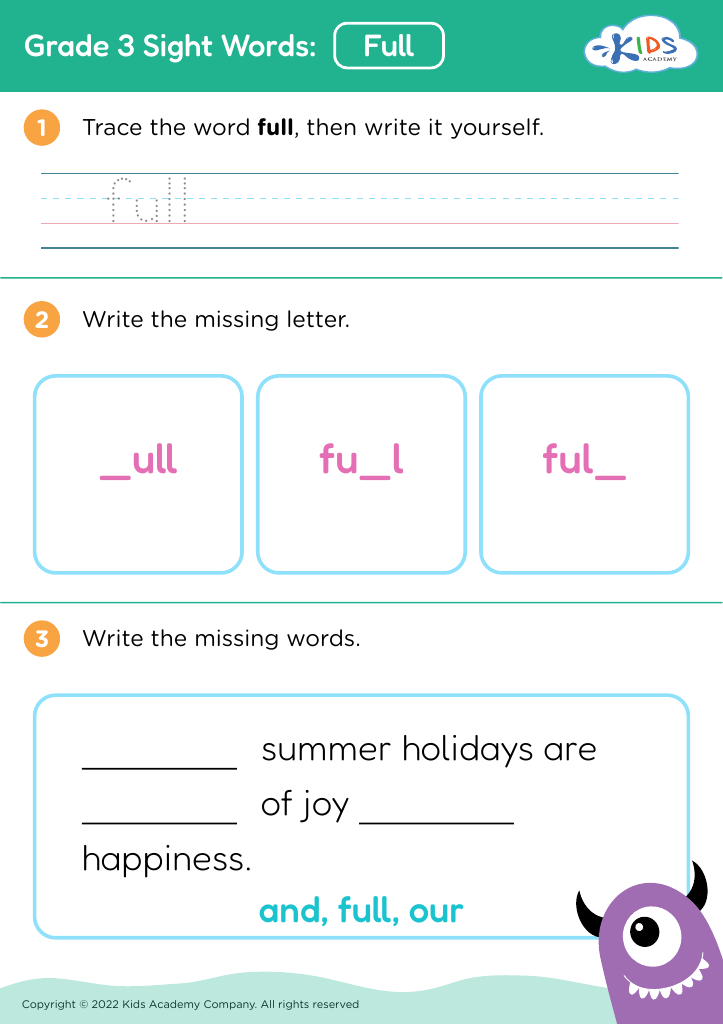
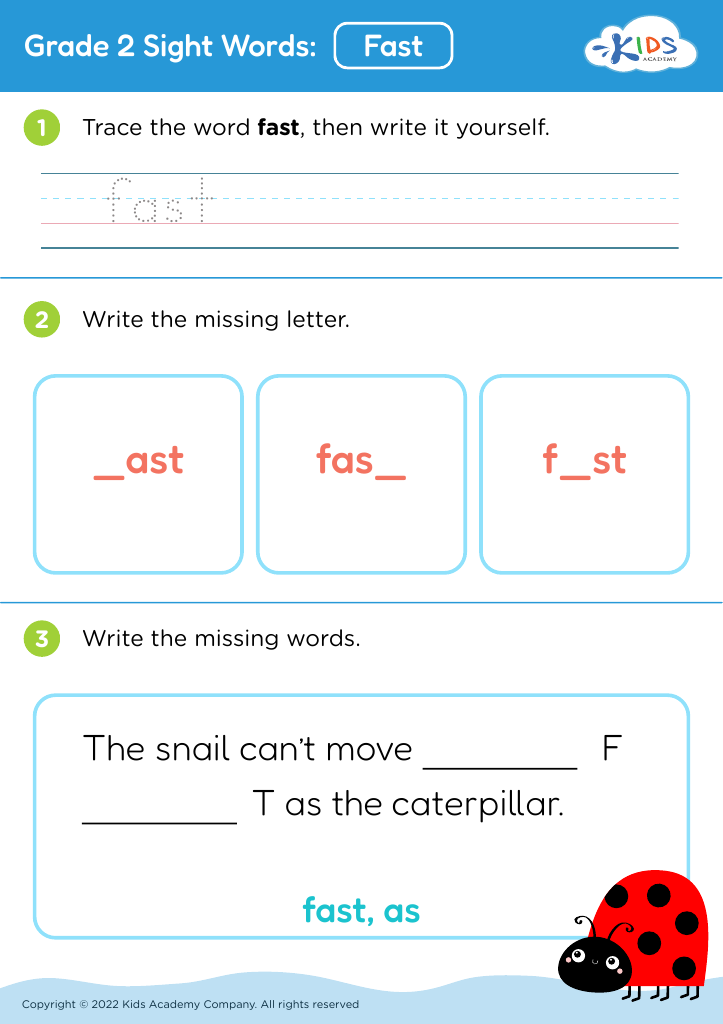

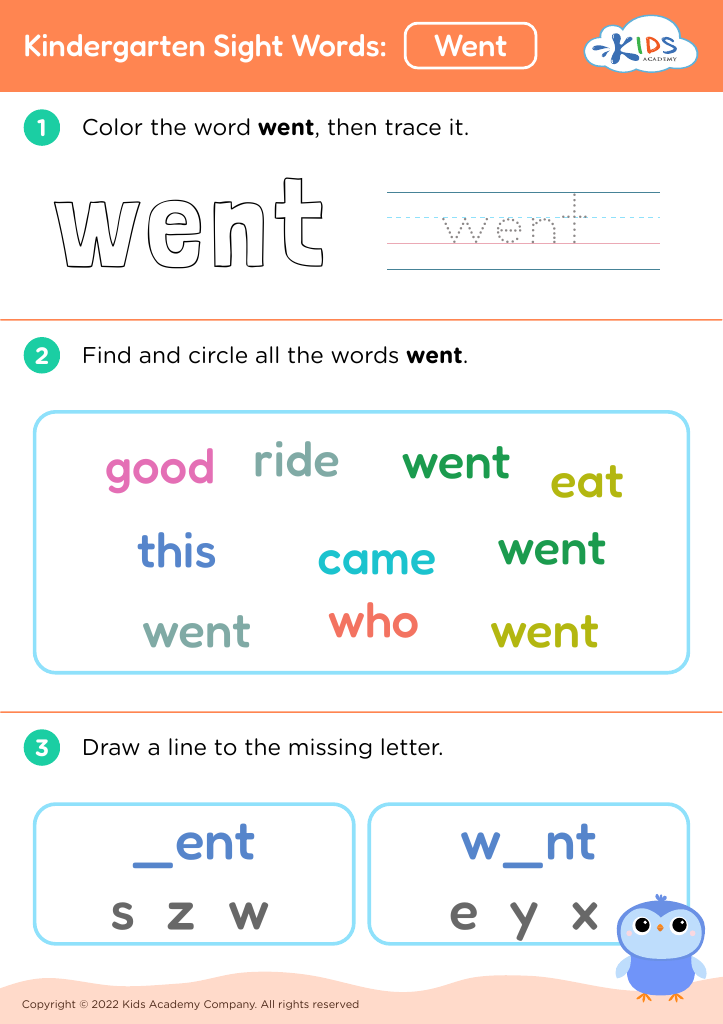
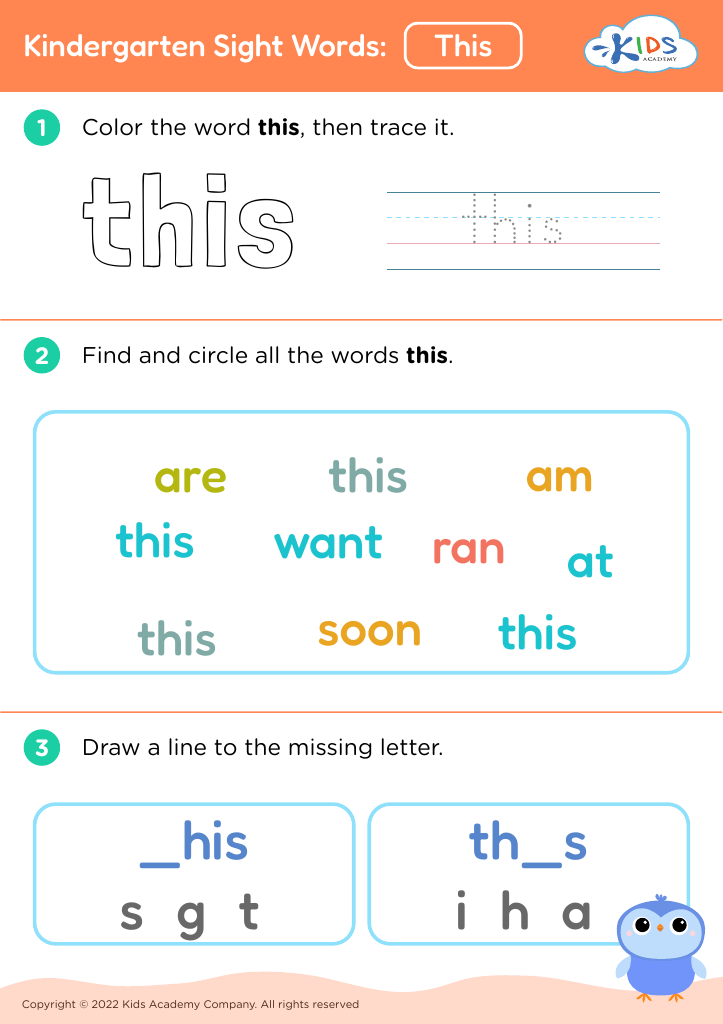




.jpg)


